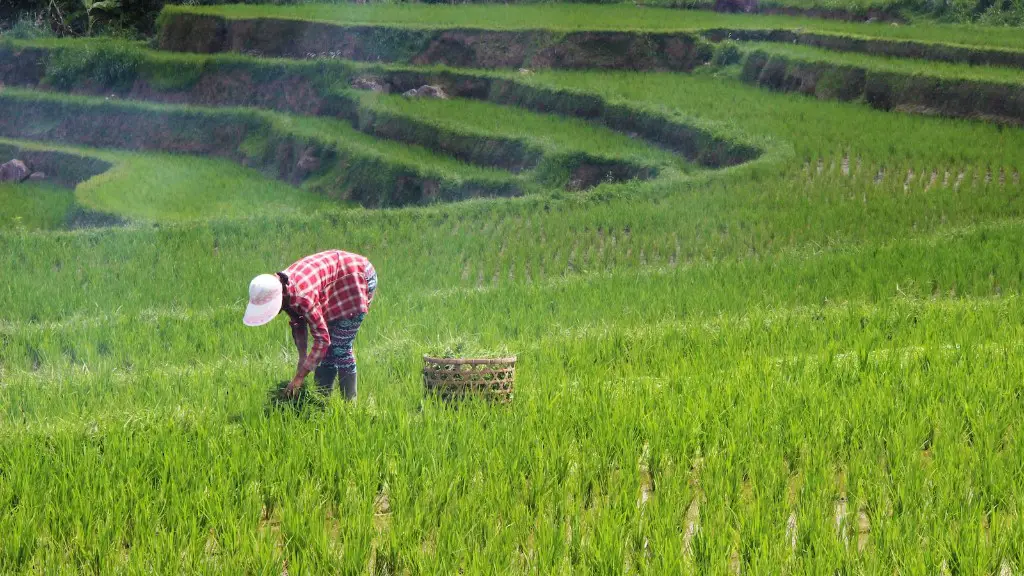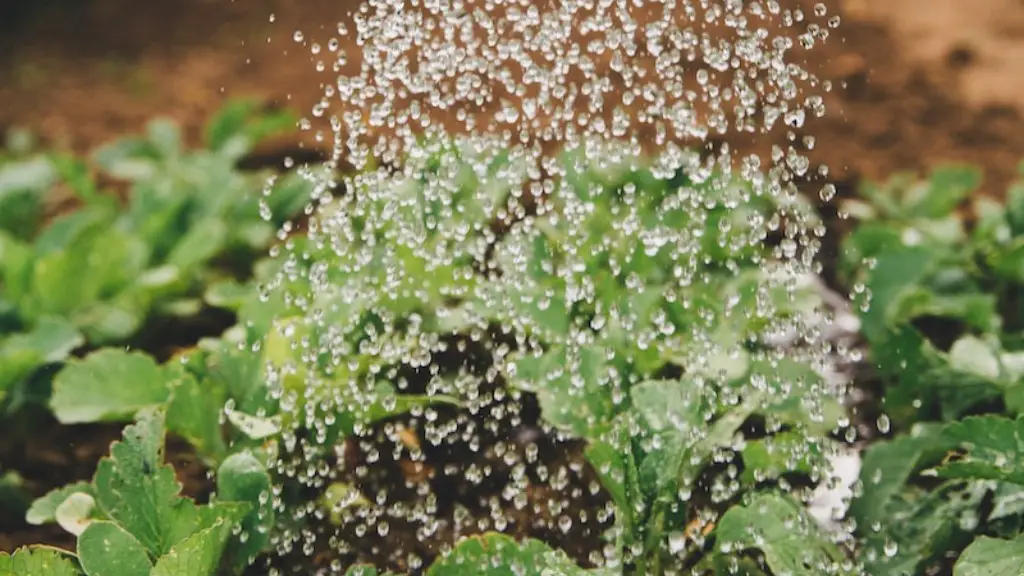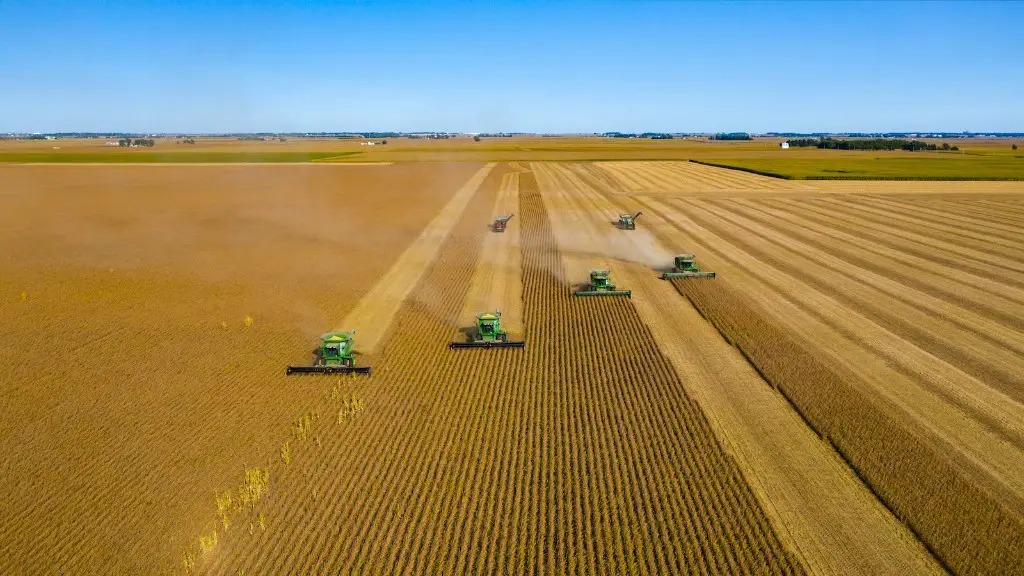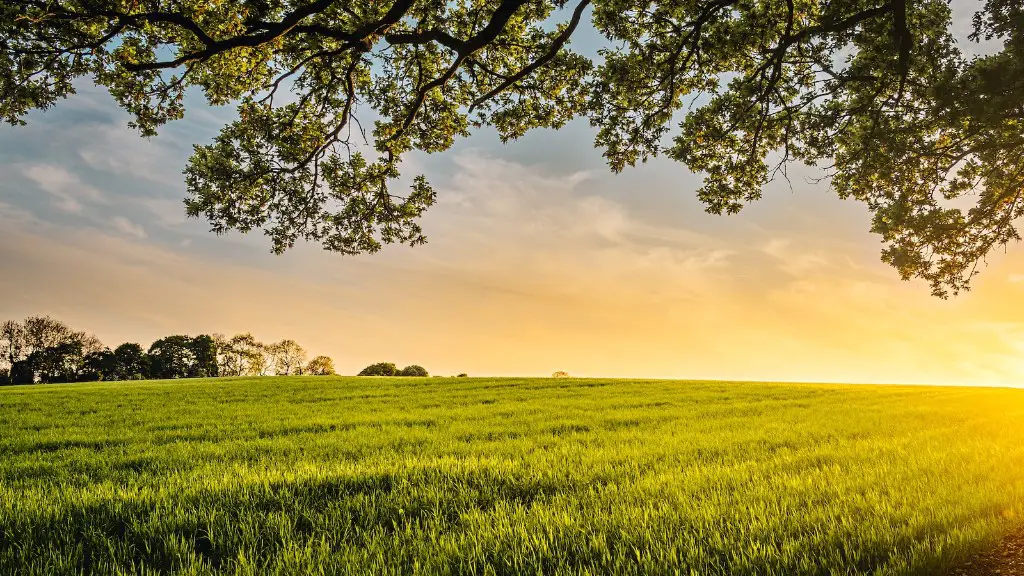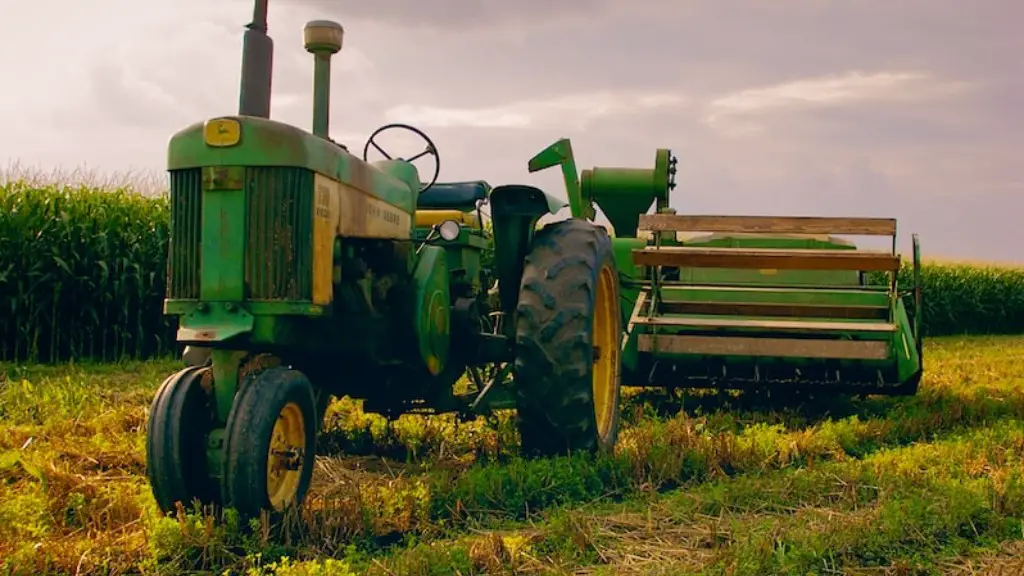Agriculture has been around for centuries, but it has only recently been transformed by artificial intelligence (AI). AI is changing the way farmers grow crops and raise livestock. It is also helping to improve the efficiency of agricultural production. In the future, AI is expected to help farmers produce food more sustainably and efficiently.
Artificial intelligence (AI) is transforming agriculture in a number of ways. Farmers are using AI to optimize irrigation systems, choose the best seeds, and predict weather patterns. In the future, AI may be used to fully automate agricultural operations.
How has AI improved agriculture?
AI has the potential to revolutionize farming. By providing farmers with real-time insights from their fields, AI can help them optimize irrigation, fertilization, and pesticide treatments. Also, innovative farming practices like vertical agriculture may help increase food production while minimizing the use of resources.
Artificial intelligence can help farmers in a number of ways, from predicting the best crops to grow to recognizing pest diseases and helping to fight them faster. AI can analyze data from your farm and other external factors, like weather reports, to make the best predictions about what will grow best in your area. This information can help farmers make more informed decisions about their crops and how to best care for them.
What is the benefit of AI in agriculture
Farmers have always had to deal with the risk of crop failures due to weather conditions. However, with the advent of AI, they now have access to forecasting and predictive analytics that can help reduce errors and minimize the risk of crop failures. Weather forecasting AI enables farmers to forecast temperatures and predict how many fruits or vegetables a harvest will yield. This information can help farmers make decisions about when to plant, how to irrigate, and what crops to grow. In addition, AI can help farmers identify patterns in data that may indicate a potential problem, such as a pest infestation or disease outbreak. By using AI to manage risks, farmers can improve the chances of a successful harvest.
The applications of artificial intelligence (AI) in agriculture are many and varied. From crop and soil monitoring, to insect and plant disease detection, to livestock health monitoring, to intelligent spraying, to automatic weeding, to aerial survey and imaging, to produce grading and sorting, AI can help farmers in a variety of ways.
One of the most exciting potential applications of AI in agriculture is the possibility of farmers becoming AI engineers. That is, using AI to design and implement new farming methods and technologies. This could lead to more efficient and effective ways of producing food, while also reducing the negative environmental impact of agriculture.
What are the effects of AI on agriculture?
There is no doubt that AI can outperform humans in a number of tasks, including those related to agriculture. In fact, AI may even be able to relieve growers from some of their labor entirely. For example, AI can automate tasks such as tilling, planting, fertilizing, monitoring, and harvesting. This would free up growers to focus on other tasks, such as marketing and sales. In addition, AI can also make predictions about yield and weather patterns. This information can be used to help growers make decisions about when to plant, how to irrigate, and what crops to grow.
Precision farming is a farming management concept based on observing, measuring and responding to inter and intra-field variability in crops. The goal of precision farming is to optimize returns on inputs by reducing waste and improving productivity.
What are AI solutions for agriculture?
AI definitely has the potential to help farmers make better decisions and be more efficient in their farming practices. However, there are a few key things to keep in mind. First, AI-powered machines are not perfect and can sometimes make inaccurate decisions. Second, farmers need to be careful about trusting AI-powered machines too much and not making their own judgement calls when necessary.
ML has been used to solve different agricultural problems in crop management, including yield prediction, disease detection, weed detection, crop quality, and species recognition. ML can also be used in livestock management, including animal welfare and livestock production, as well as in water and soil management.
Will robots replace farmers
The technological revolution has certainly changed farming, but it will never replace all farmers. Humans are responsible for AI, so innovators need to work with the farming industry and take caution so that the world doesn’t become apocalyptic.
There is no doubt that artificial intelligence (AI) is revolutionizing the agriculture industry. According to a recent study, 87% of US agriculture businesses are already using AI in some way. This figure is only expected to grow in the coming years as more and more farmers realize the potential of AI to help them increase yields, reduce costs, and improve efficiency.
Which country uses AI in agriculture?
Precision agriculture is a farming management system that uses information technology to optimize plantation, yield, and output. It is also known as satellite farming or site-specific crop management (SSCM). In China, both small-scale and large-scale farming make use of modern precision agriculture techniques to increase efficiency and yield. For example, small-scale farmers might use GPS-guided machinery for tasks such as tilling, planting, and harvesting. While large-scale farmers might use precision agriculture to manage large swaths of land more effectively. Overall, precision agriculture enhances food security and sustainability in China.
Companies use AI to help with various tasks such as customer support, data analysis, demand forecasting, fraud, image and video recognition, predicting customer behavior, and productivity. By using AI, companies can automate these tasks, which can free up employees to focus on other tasks. Additionally, AI can help to improve the accuracy of these tasks and can provide insights that humans may not be able to obtain on their own.
What is the biggest problem facing agriculture today
Farmers around the world are facing the challenges of climate change. With rising temperatures and changes in precipitation patterns, crops and livestock are being affected. In order to adapt, farmers must change the way they grow food.
There is only a limited amount of land that can be used for farming. In addition, agriculture uses a large amount of water, which is becoming increasingly scarce in many parts of the world. Greenhouse gas emissions from agriculture, forestry and other land use are also having an impact on the climate.
Biodiversity is also being affected by climate change. shifting agricultural patterns, for instance, can lead to the loss of important habitat for wildlife. Farmers need to be aware of these issues and take steps to protect the environment.
Pre-harvest machine learning can be used to capture the parameters of soil, seeds quality, fertilizer application, pruning, genetic and environmental conditions and irrigation. Focusing on each component is important to minimize the overall losses in production.
How does machine learning help agriculture?
There is a tremendous potential for machine learning in agriculture. Machine learning can be used to detect weeds and diseases, predict yield and quality of crops, gather data, provide insights, and offer predictions regarding livestock production. Machine learning has the potential to revolutionize agriculture and make it more efficient and productive.
Robotic technology is playing an increasingly important role in agriculture. In the past few years, engineers have pushed robotics to perform more complex tasks such as planting and seeding. Drones or uncrewed aerial vehicles (UAVs) can not only survey fields, but they can also support precision agriculture with real-time data collection for analysis and insight. This technology can help farmers increase yields, reduce costs, and decrease their environmental impact.
What is the future of robotics in agriculture
Robots in agriculture can reduce the dependency on human labor to a significant extent And they improve the overall efficiency levels considerably with holistic farming approaches by leveraging emerging technologies like AI and ML.
There are still many areas of the world where the lack of IT infrastructure makes it difficult to deploy agricultural robots. One of the biggest challenges for these robots is the communication system – for example, WiFi, cellular, etc. – which can be unreliable in many parts of the world.
Conclusion
Farmers are using cutting edge technology to increase yields, monitor livestock, and predict weather patterns. With more and more data available, AI is helping farmers to make better decisions about when to plant, how to irrigate, and what type of crops to grow. As a result, agriculture is becoming more efficient and sustainable.
The agricultural industry is under going a major transformation due to the power of artificial intelligence. Farmers are now able to use data to predict weather patterns, forecast crop yields, and map out optimal growth patterns. This allows for a much more efficient and effective use of resources, which is essential in an industry where margins are often very tight. The impact of AI on agriculture is still in its early stages, but it is clear that it has the potential to revolutionize the way we grow our food.
